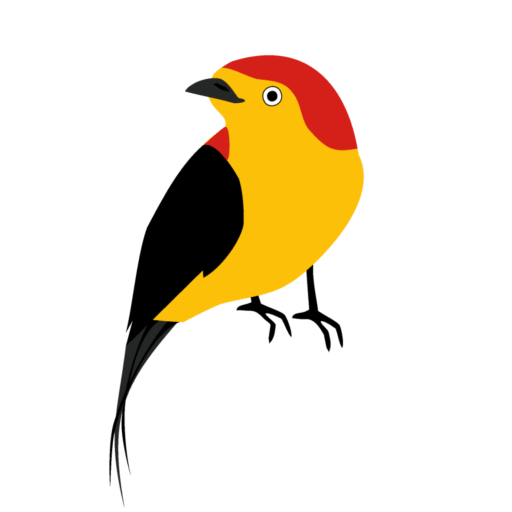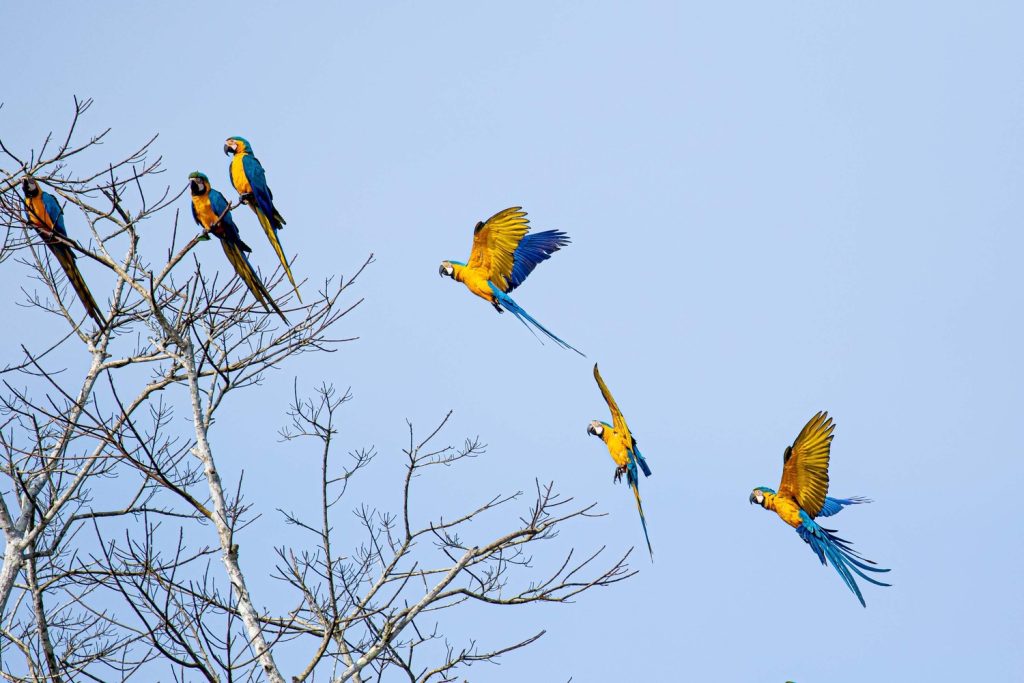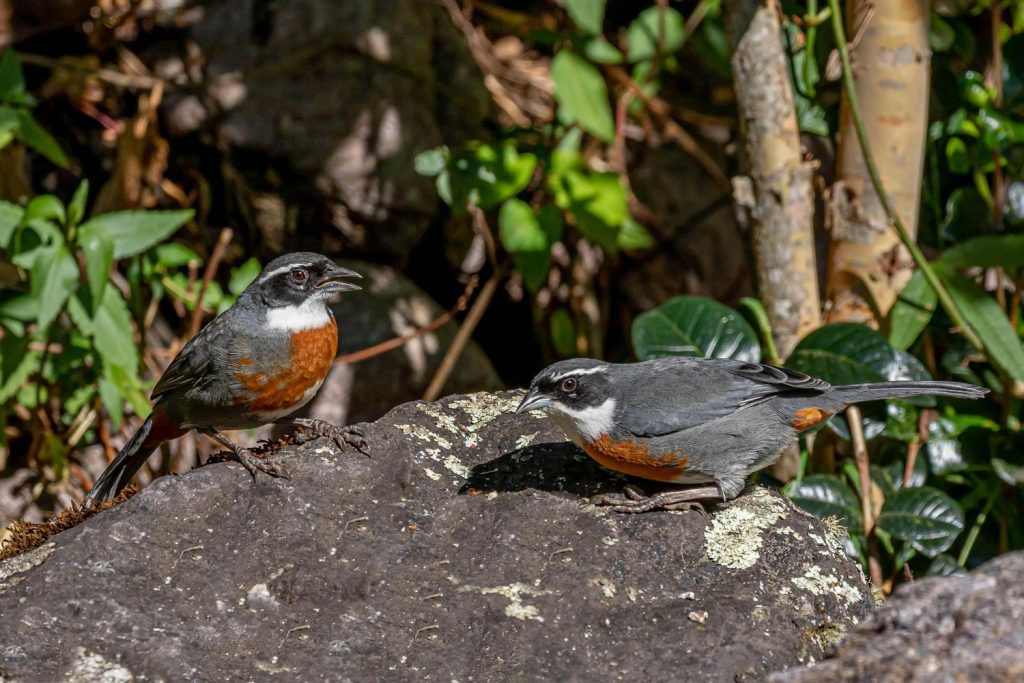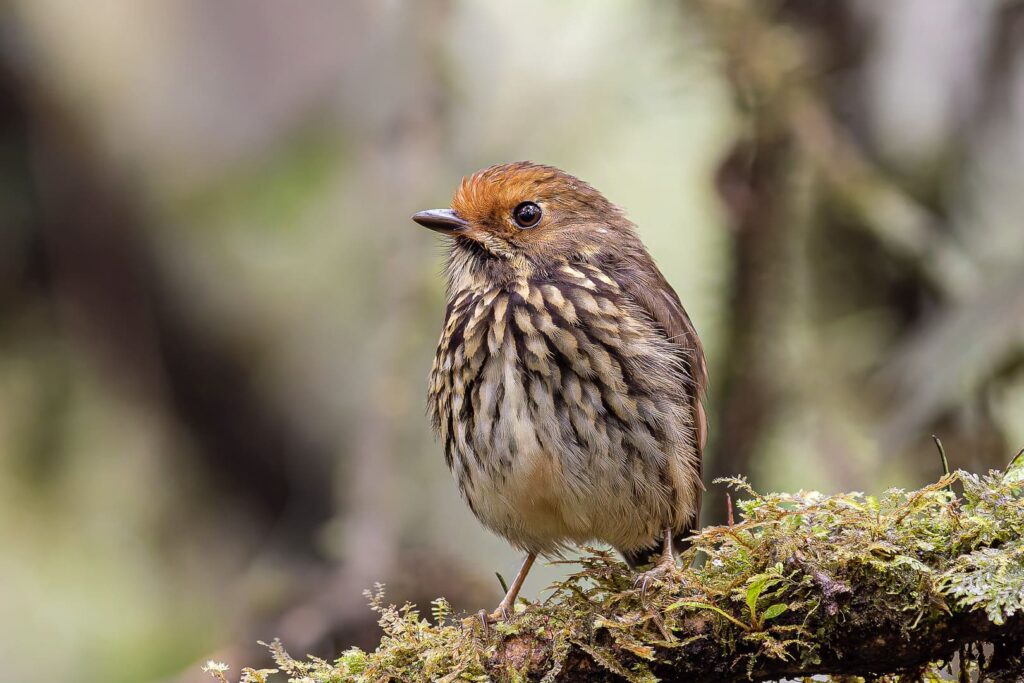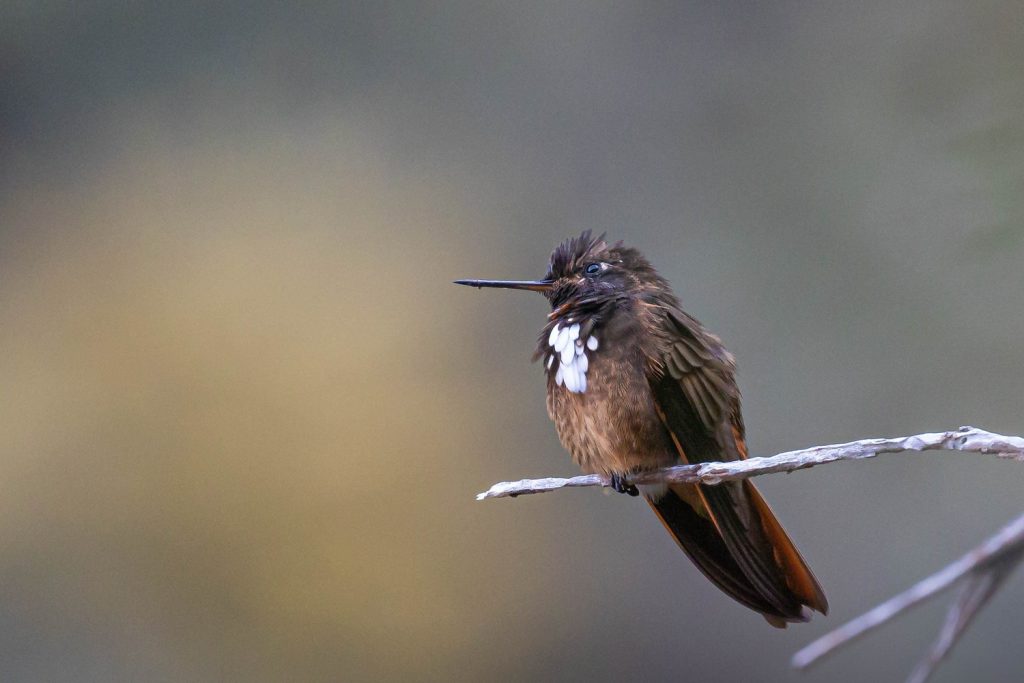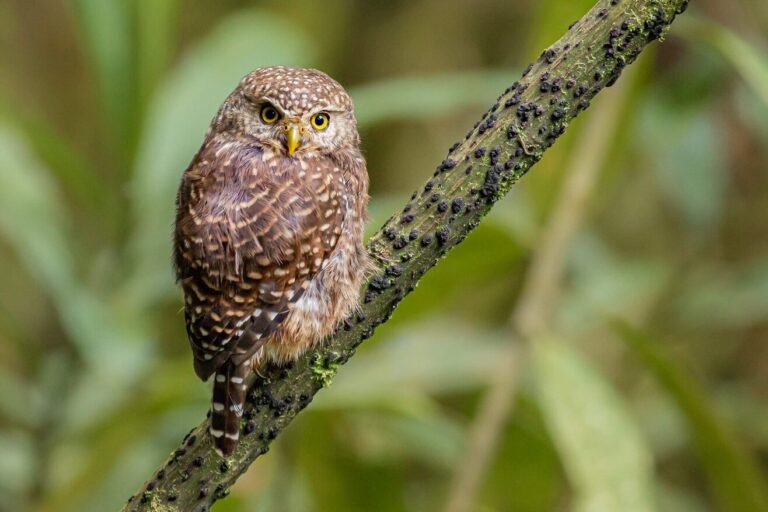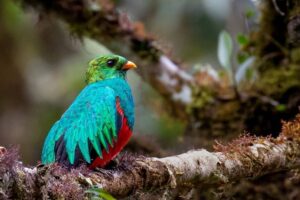by: Danny Vargas
In the world of optics, finding the perfect pair of birding binoculars can be a quest as thrilling as spotting a rare species in the wild. Over the course of my life, I’ve had the privilege of trying out numerous binoculars – some were my own, others generously lent to me by fellow enthusiasts, and a few that I’ve tested in the hallowed halls of birdwatching stores. After more than 15 years of dedicated use, I’ve gained extensive experience and insights that I’m eager to share with you.
In this blog, we’re going to delve into the realm of birding binoculars and explore the most critical aspects to consider when choosing a pair. So, if you’re a birder who values quality optics without breaking the bank, you’re in the right place. From lens quality to durability, comfort to clarity, we’ll examine the features and nuances that make these binoculars exceptional companions for your avian adventures.
So, sit back, adjust your focus, and let’s embark on this journey together as we uncover this crucial aspect of birding. With my years of hands-on experience, I aim to provide you with valuable insights that will help you make an informed choice.
Keep reading below to accompany in search of your first or next binocular.
ESSENTIAL FEATURES
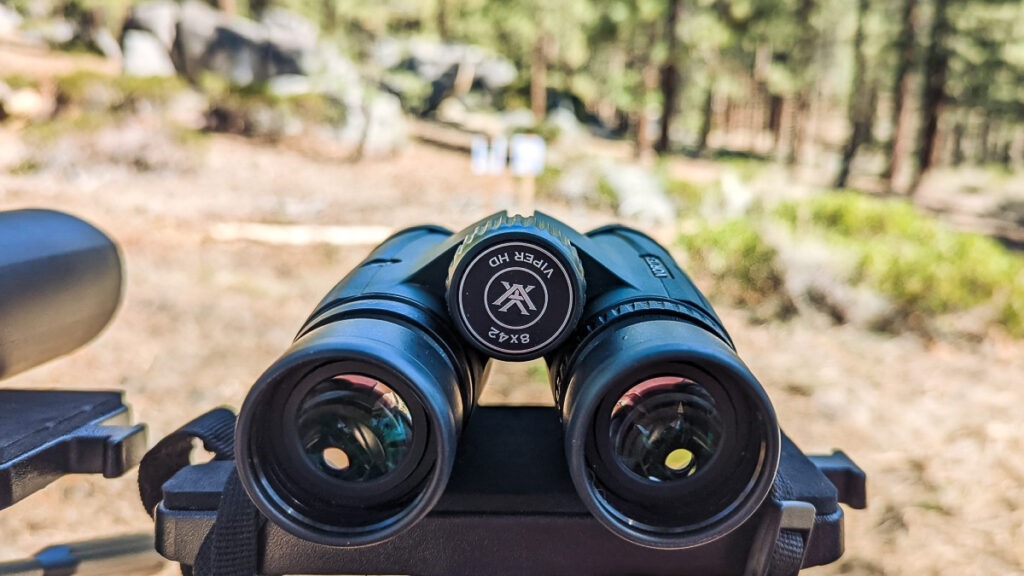
When it comes to selecting the ideal binoculars for your birdwatching adventures, it’s essential to focus on the key features that can make or break your birding experience. After years of exploration, I consider these the most important aspects to ponder when choosing your perfect pair of binoculars.
Magnification and Objective Lens Size
You’ve probably been advised or have already decided to go for 8x42mm binoculars. Still, some birders may not fully understand what those numbers mean. The first number denotes the magnification power – 8x means the image provided will be 8 times larger. While the second number represents the diameter of the objective lenses in millimeters (how much light they gather). For general purpouse, a good option for birding binoculars are the 8×42, they strike an excellent balance between magnification and light-gathering ability. They provide a stable image, a great field of view, and brightness, ensuring you can still see details even in low-light conditions.
My personal advice is, if these are going to be your first binoculars or you plan to use them in a big variety of habitats or use them irregularly, go for the 8x, if you are thinking on birding on a boat such as Pelagics, you may consider 6.5x. But, if you are a more experienced birder and can afford mid-level or high-end binoculars, you may consider 10x, especially now that the new models have a much wider field of view. To me, going from 8x to 10x was like taking the training wheels off my bike – a total game changer.
Field of View:
A wide field of view is crucial for tracking fast-moving birds and scanning large areas when birding. Opt for binoculars with a generous field of view to make your birdwatching experience more enjoyable. In general terms, the finer the binoculars, the wider the field of view you will get.
If you want to go deeper, here, you will find a good article for further understanding here.
Lens Coatings:
Look for binoculars with multi-coated or fully multi-coated lenses. These coatings enhance light transmission, reduce glare, and provide a sharp, clear image. They are particularly valuable in challenging lighting conditions. There is an excellent articule about coatings by Science Direct here
Close Focus Distance:
Pay attention to the minimum close focus distance for birding binoculars. The ability to focus on nearby subjects can be essential for observing birds perched in trees or bushes nearby. Imagine yourself searching for a rare Antbird in a dense understory in the Neotropical rainforest, and your binoculars don’t focus. Ideally, good binoculars focus in less than 15 feet, and a great pair will do it in less than 6 feet.
Build Quality:
Consider the durability of the binoculars since they are not cheap and should last long (some even for life!). First, be sure that they are waterproof and fogproof, ensuring they can withstand the elements and environmental changes during your birdwatching excursions. You will be exploring cloud and rain forests, shores, oceans, deserts, among several other habitats.
Warranty:
In short terms, the warranty provided by the manufacturer represents the performance, quality, and durability of their product. It will give you the possibility of asking the company to take care of any issue based on their terms and conditions. Some companies will repair or even replace any defect caused by malfunctioning or even user error! (I personally broke a pair of Vortex binoculars, 2 telescopes, and a tripod, and they were all fully repaired or replaced).
Although most of the optic brands offer a decent warranty for their products, the only brands that offer No time limit, Alignment, Accidents and trasferable warranty are: Carson Optical, Celestron, Eagle Optics, Nikon, Vortex. Leica, on the other hand, offers everything but transferable warranty and Swarowski´s customer service is known to be excellent but warranty is limited.
Comfort and Ergonomics:
Comfortable binoculars are a must for extended birdwatching sessions. During birding trips, you may find yourself using them for 10 hours or even more! Opt for a pair of binoculars with a comfortable grip and adjustable eyecups. On the other hand, aesthetics may also be important to you. I love the new Swarovski NL Pures for their superb optics, but I don’t find myself comfortable wearing those bright-orange models, and I prefer to use the more traditional dark green.
Prism Type:
Binoculars come in Roof prism and Porro prism designs. Roof prisms are easier to find, durable, compact, and lightweight but more expensive, while Porro prisms often offer better depth perception and are cheaper but tend to be more fragile.
Price vs. Quality:
Affordability is a key factor when choosing a good pair of binoculars, but the more you focus on that aspect, the more it may compromise on quality. There are excellent options available within various price ranges, but always go for the best quality your budget allows.
Additional Information for Choosing Birding Binoculars
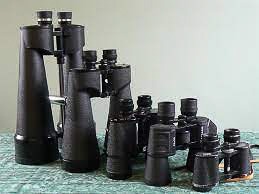
Eye Relief:
Consider the eye relief distance, especially if you wear glasses. Long eye relief is crucial to avoid discomfort during extended use, allowing you to enjoy your adventures without straining your eyes or removing your glasses using birding binoculars.
Twilight Factor:
For early morning or late evening birding, pay attention to the twilight factor. This number indicates the binoculars’ ability to perform in low-light conditions. Higher twilight factor values mean better performance in dim light. You will not find this info in all the binocs.
Tripod Compatibility:
If you plan to use birding binoculars with larger magnifications (12x more) which are ideal for shore birds or scanning open spaces, you may consider using them with a tripod, check for compatibility and consider investing in a tripod adapter for a more stable viewing experience.
Exit Pupil Diameter:
The exit pupil diameter is calculated by dividing the objective lens size by the magnification (e.g., 42mm / 8x = 5.25mm). A larger exit pupil diameter means brighter images, which can be advantageous in low-light conditions.
Diopter Adjustment:
Ensure that the binoculars you choose have a diopter adjustment mechanism. This allows you to fine-tune the focus for each eye, compensating for any differences in vision between your eyes
Accessories:
Explore the availability of accessories such as carrying cases, lens covers, and neck straps. Quality accessories can enhance your overall birding experience and protect your investment.
User Reviews:
Before making your final decision, read user reviews and seek recommendations from fellow birders. Real-world experiences can provide valuable insights into the performance and durability of specific binocular models.
Remember that the perfect pair of birding binoculars is a personal choice that should align with your preferences and needs . By considering these additional factors alongside the previously mentioned ones, you’ll be well-prepared to select binoculars that will elevate your birdwatching adventures to new heights. Happy birding!

